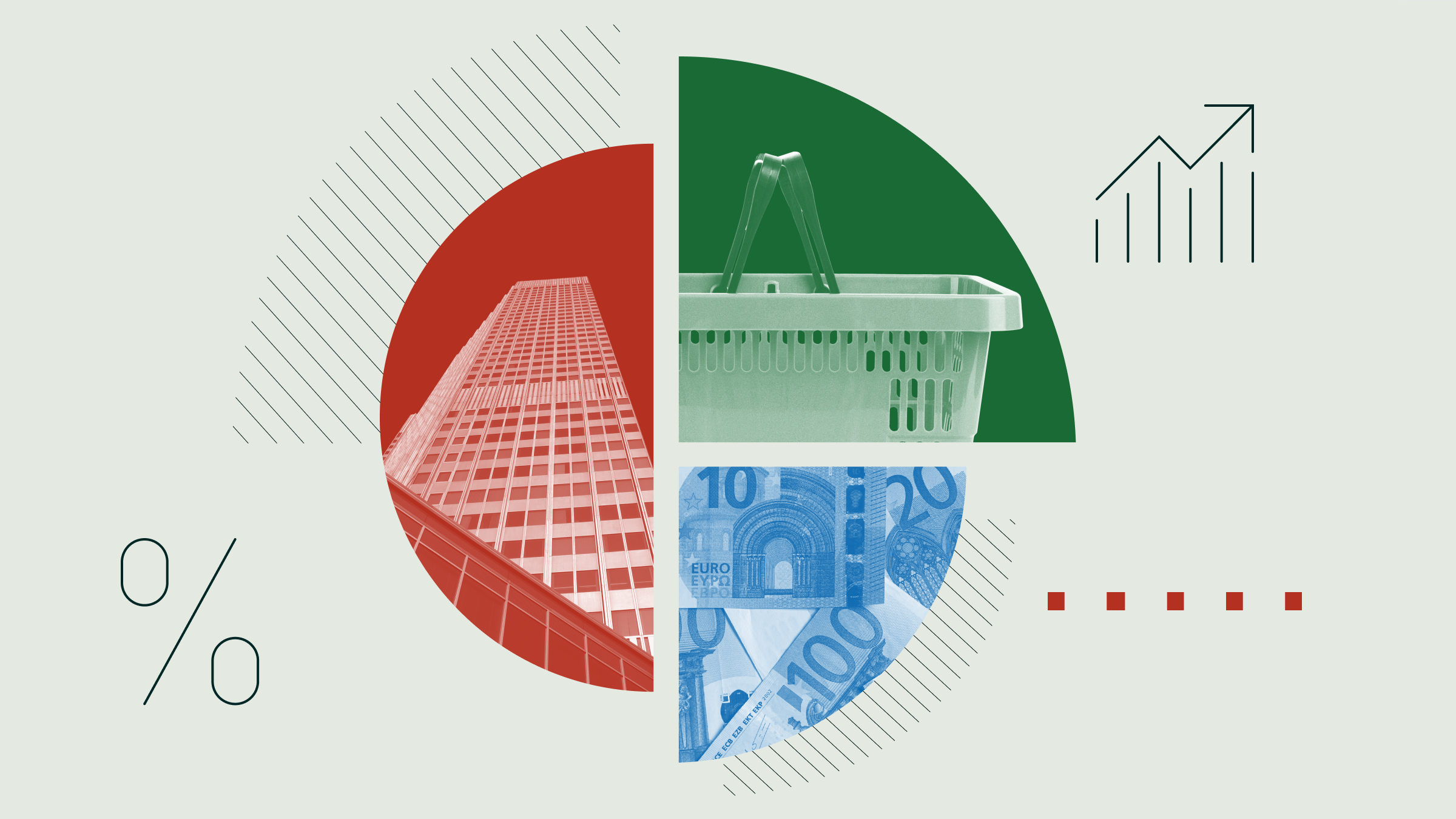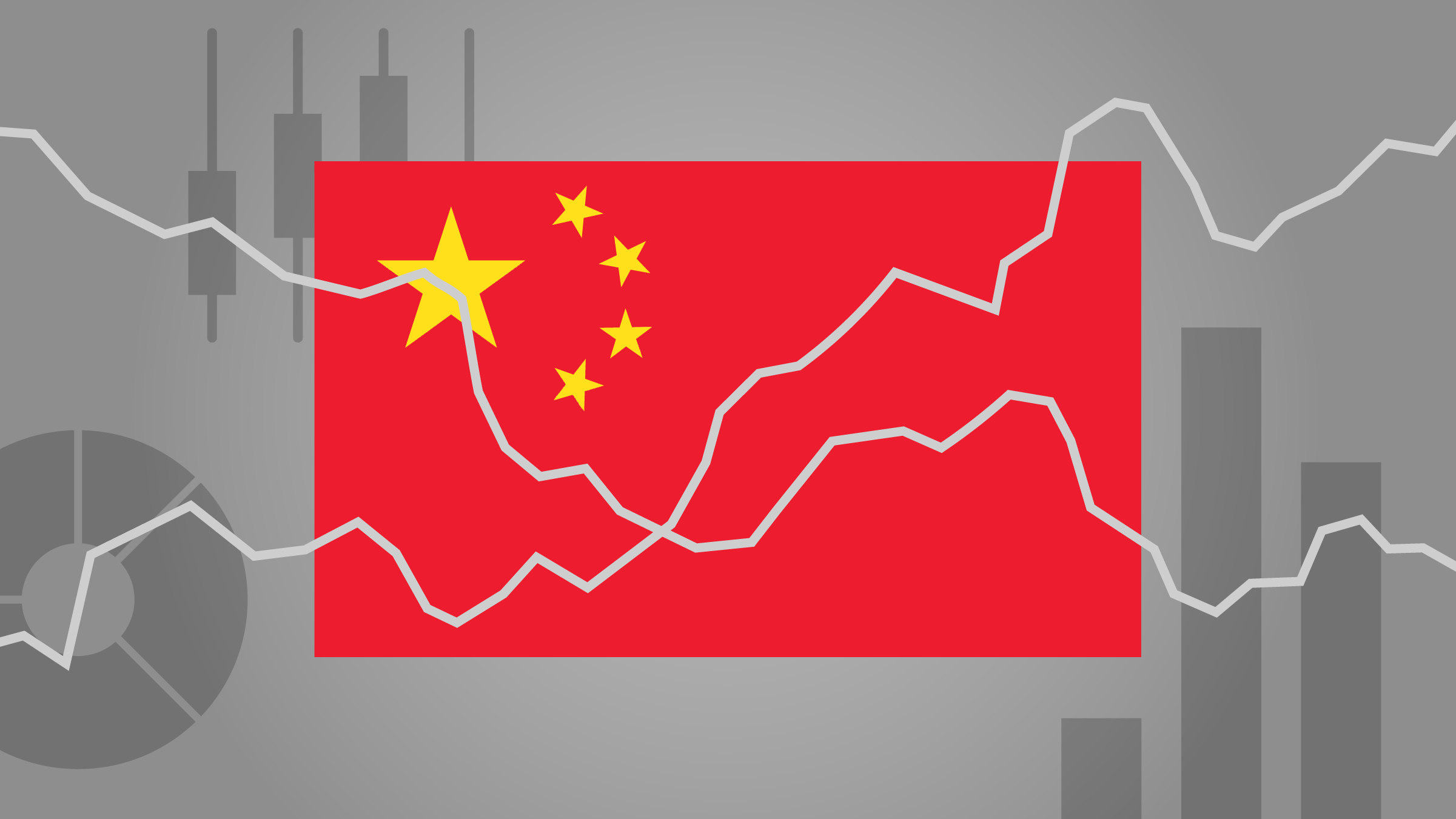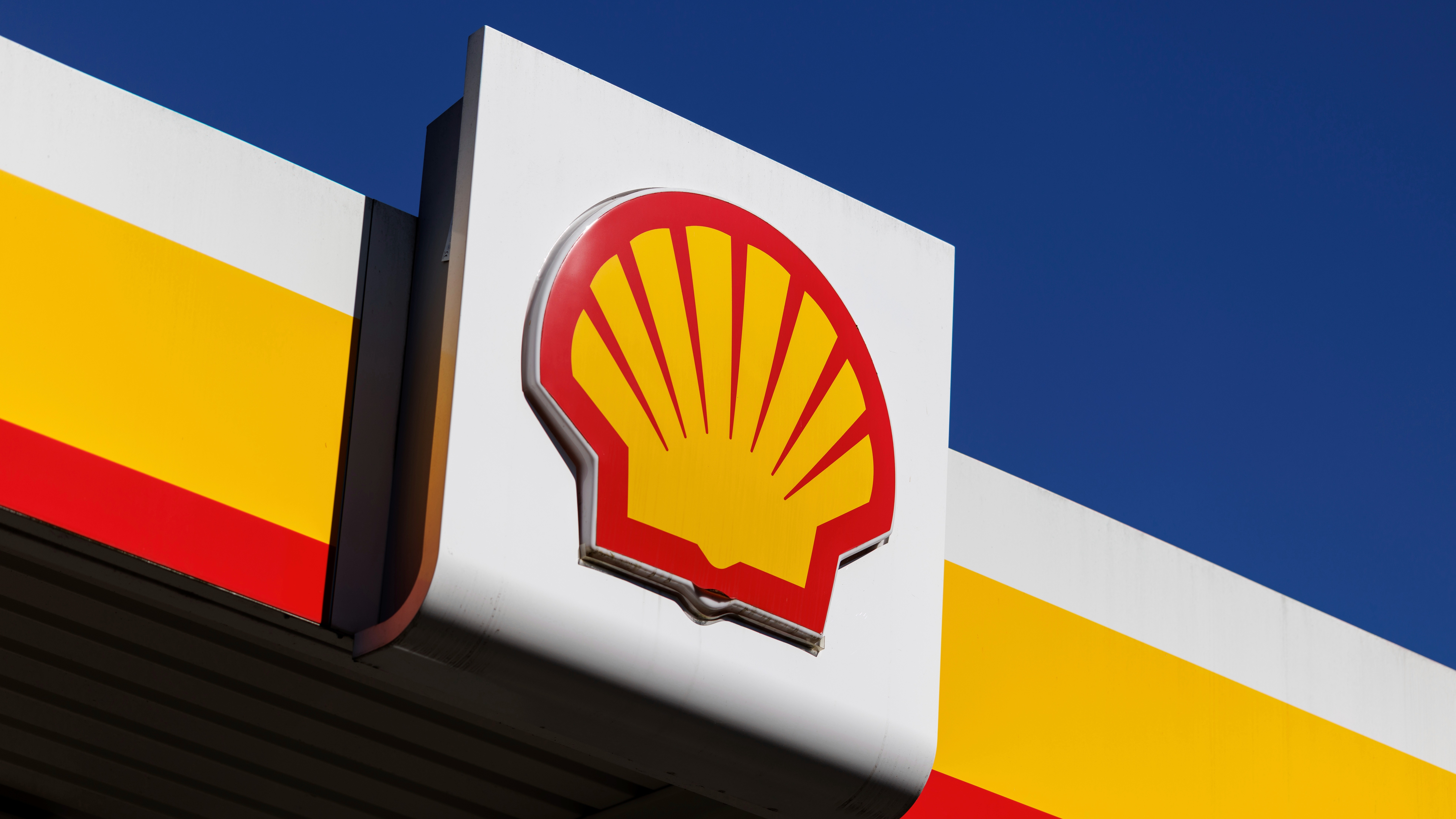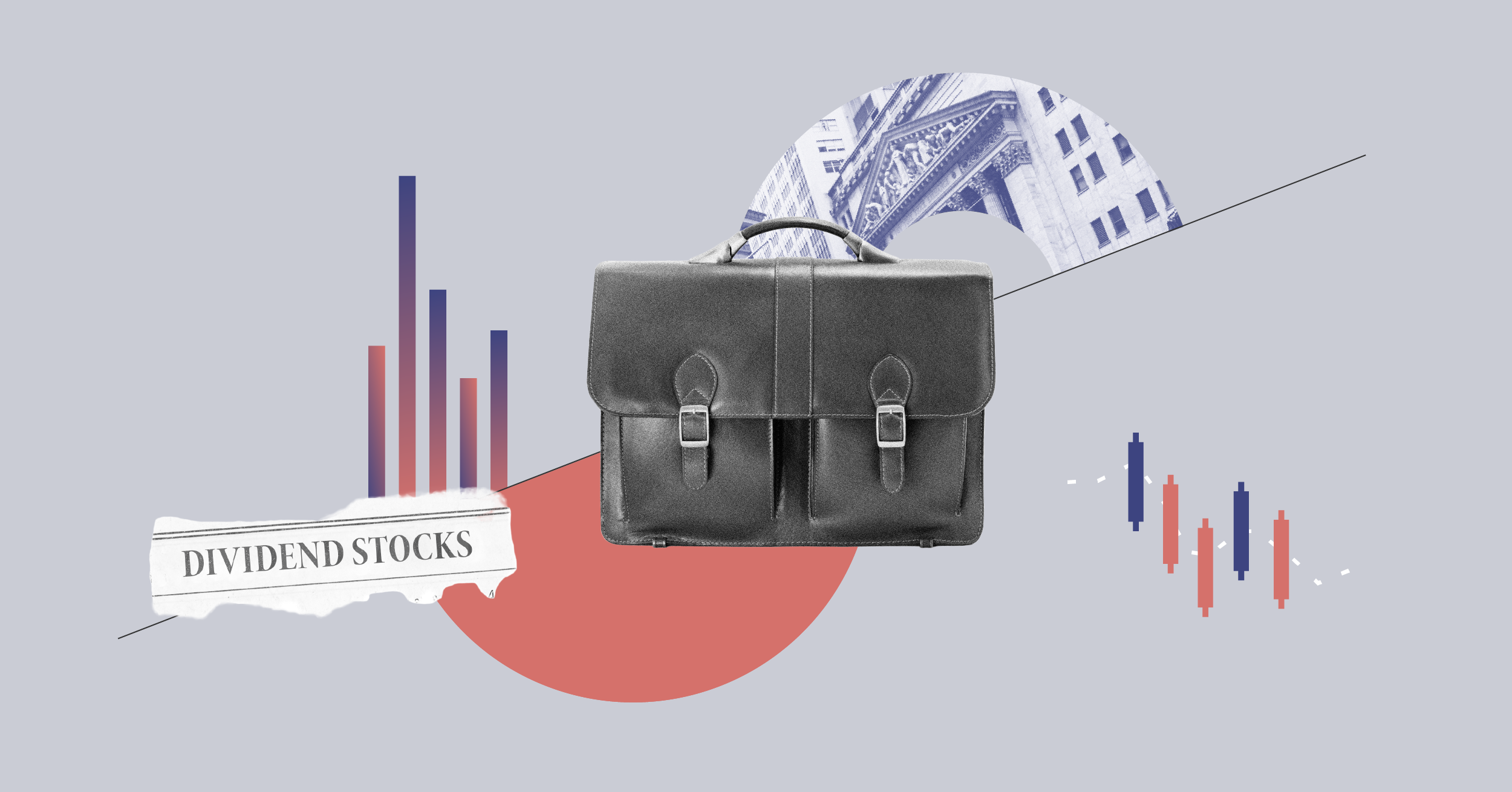INVESTMENT THESIS

Through acquisitions, divestitures, and joint ventures, Solvay has reduced its reliance on cyclical end markets and increased its exposure to higher-growth emerging markets. Case in point is Solvay's move in May 2013 to enter into a joint venture with INEOS to create the world's second-largest polyvinyl chloride (PVC) producer. PVC demand plummeted after the housing collapse in 2007 and remains well below pre-crash levels. Compounding the problem has been chronic European overcapacity in PVC production. Taken together, PVC has been a major headwind for Solvay's plastics business in recent years. The joint venture should improve Solvay's plastics profitability over the medium term before INEOS fully buys out Solvay's stake in four to six years. We think this is a graceful way to exit a challenging PVC production business and will allow Solvay to turn its attention to higher-margin and less-cyclical specialty chemical production.
Solvay benefits from being vertically integrated in limestone, salt brine, and fluorspar, which are used in the production of soda ash, caustic soda, chlorine, hydrogen, and hydrogen peroxide. Solvay also has captive sources of energy with cogeneration units, which have for years kept the company's energy costs under control. These factors contribute to Solvay's status as a lower-cost producer of globally consumed chemicals, but the company still needs to realize high capacity utilization rates in order to generate high returns on capital from these assets.
Over the medium term, we expect slow but steady demand growth for products designed for consumer end uses like cosmetics and food flavorings. We expect demand to improve for Solvay's cyclically sensitive products over the next three years, driven by specialty polymers used in oil and gas, rare earth systems used in electronics, and soda ash used in industrial glass production.
VALUATION
| Economic Moat | Fair value | Stewardship Rating |  |
||||
| None | EUR 121.00 | Standard | |||||
| Moat Trend | Uncertainty | Sector | |||||
| Stable | High |
Basismaterialen - chemie |
|||||
BULLS
- The reshuffling of Solvay's business lines smartly reduces the company's exposure to cyclical end markets and reduces its dependence on the European economy.
- Solvay's PVC joint venture is a graceful exit from a struggling business line.
- Solvay's dominant position in a number of important chemicals like hydrogen peroxide, sodium bicarbonate, and soda ash should help it obtain a low-cost production advantage.
BEARS
- Solvay is focused on innovation, but many of its end products are mature, undifferentiated commodities.
- Solvay may have reduced its cyclical operations at the wrong time and it will thus be left behind in a broad economic rebound.
- Solvay operates in a highly competitive marketplace. It has very limited pricing power as it is primarily a price taker.
____________________________________________________________
Overzicht alle aandelenanalyses >
Aanbevolen Aandelen >
20 Tips voor het beleggen in aandelen >
Meer weten over de methodologie achter Morningstar's beoordeling en waardering van ondernemingen en aandelen?
Hoe Morningstar aandelen onderzoekt en waardeert
Morningstar's sterrenrating voor aandelen
Vragen en antwoorden bij Morningstar's aandelenonderzoek
Het uitgebreide researchrapport van dit aandeel is beschikbaar voor institutionele beleggers, vermogensbeheerders en private bankers. Voor meer informatie over de ruim 1500 wereldwijde aandelen- en creditresearchrapporten kunt u contact opnemen met Morningstar via equitysales@morningstar.com.





















